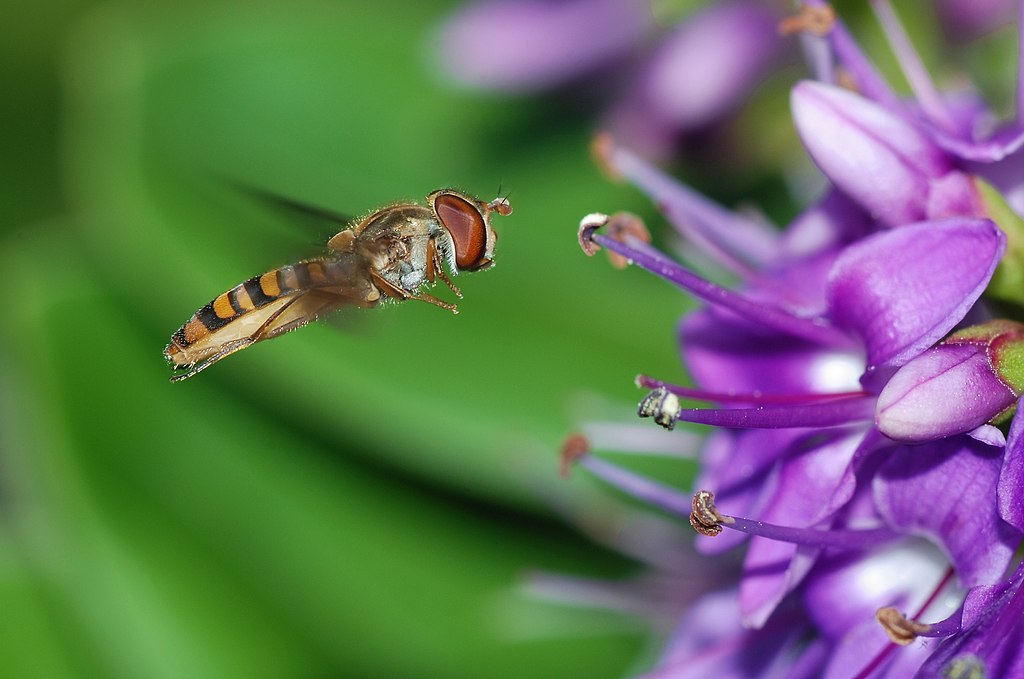You’re walking through your garden on a warm summer day when you hear that familiar buzz. Your hand instinctively swats at what you’re certain is a bee heading straight for your face. But wait – something’s not quite right. The creature hovers with an almost mechanical precision, its flight pattern too steady, too controlled for a typical bee. You’ve just encountered one of nature’s most brilliant con artists: the hoverfly, a master of deception that has fooled predators and humans alike for millions of years.
The Great Masquerade: Nature’s Most Convincing Costume Party
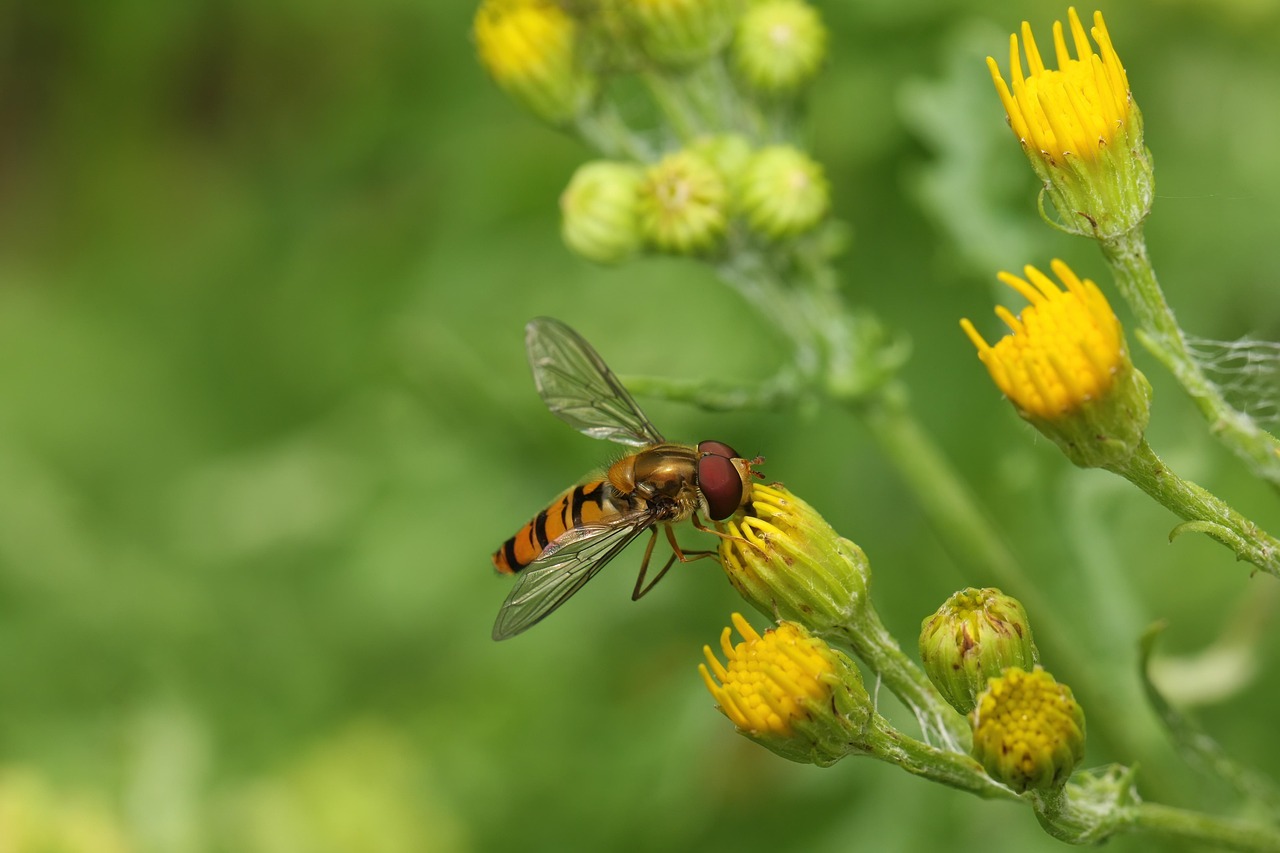
Imagine spending your entire life dressed as someone else, fooling everyone you meet into thinking you’re something you’re not. That’s exactly what hoverflies do every single day. These remarkable insects have perfected the art of Batesian mimicry – copying the appearance and behavior of dangerous species to avoid becoming someone’s lunch. The resemblance is so convincing that even experienced entomologists sometimes do a double-take. Yellow and black stripes, fuzzy-looking bodies, and that distinctive buzzing sound – hoverflies have it all. But here’s the kicker: they’re completely harmless flies that can’t sting, bite, or cause any harm whatsoever.
Meet the Syrphidae Family: The Hover Masters
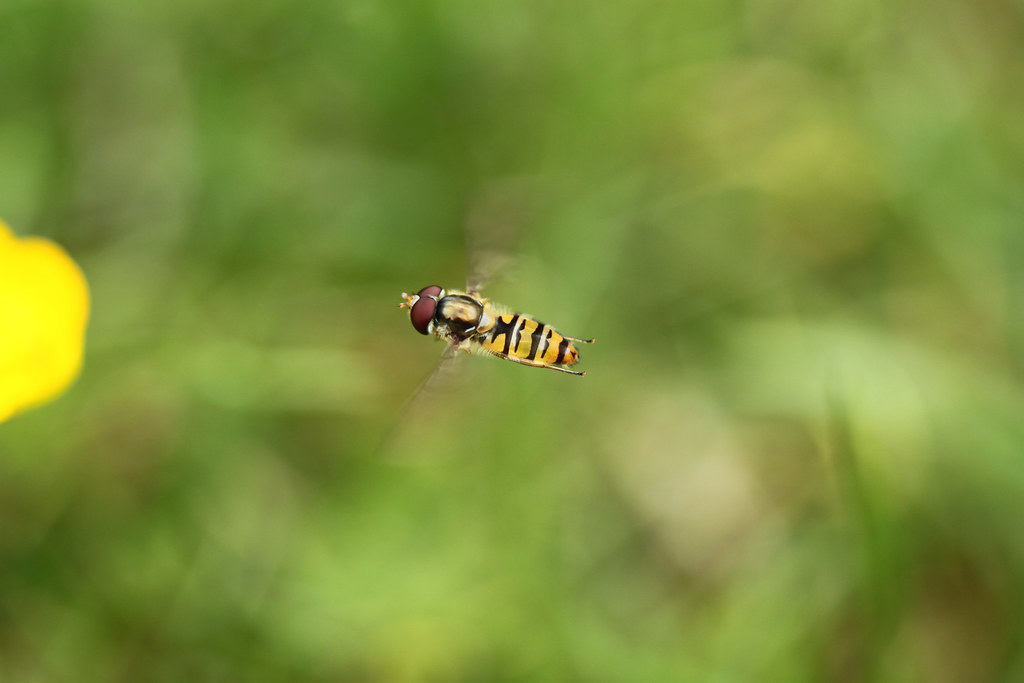
The hoverfly belongs to the Syrphidae family, which includes over 6,000 species worldwide. These flies are also known as flower flies or syrphid flies, and they’re found on every continent except Antarctica. What makes them truly special isn’t just their mimicry – it’s their incredible flying abilities that put most aircraft to shame. Unlike bees, which have a somewhat clumsy flight pattern, hoverflies can remain perfectly stationary in mid-air for extended periods. They can fly backwards, sideways, and even upside down with ease. This aerial prowess is what gives them their name and makes their bee impersonation even more convincing.
The Science Behind the Buzz: How Do They Pull It Off?
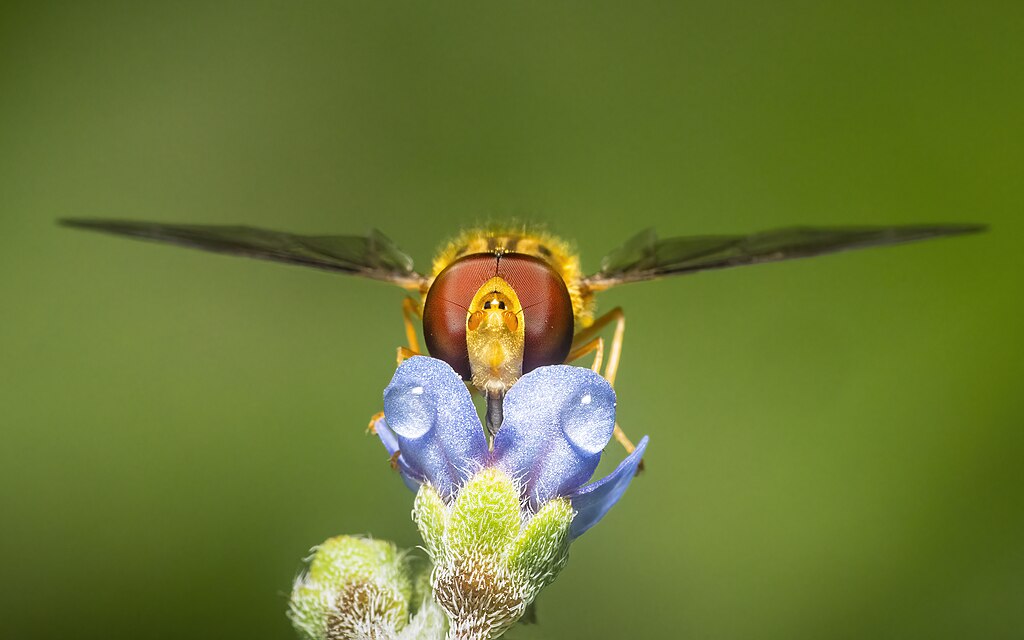
The secret to a hoverfly’s convincing buzz lies in its wing beat frequency. While most flies beat their wings around 200 times per second, hoverflies have evolved to match the frequency of bees – approximately 230 beats per second. This seemingly small difference creates that unmistakable bee-like drone that sends potential predators running. But the mimicry goes far beyond just sound. Many hoverfly species have developed specialized hairs on their bodies that catch and reflect light, creating the illusion of the fuzzy appearance that makes bees so recognizable. Some species even mimic the way bees move their legs while feeding, completing the illusion perfectly.
Visual Trickery: The Art of Looking Dangerous
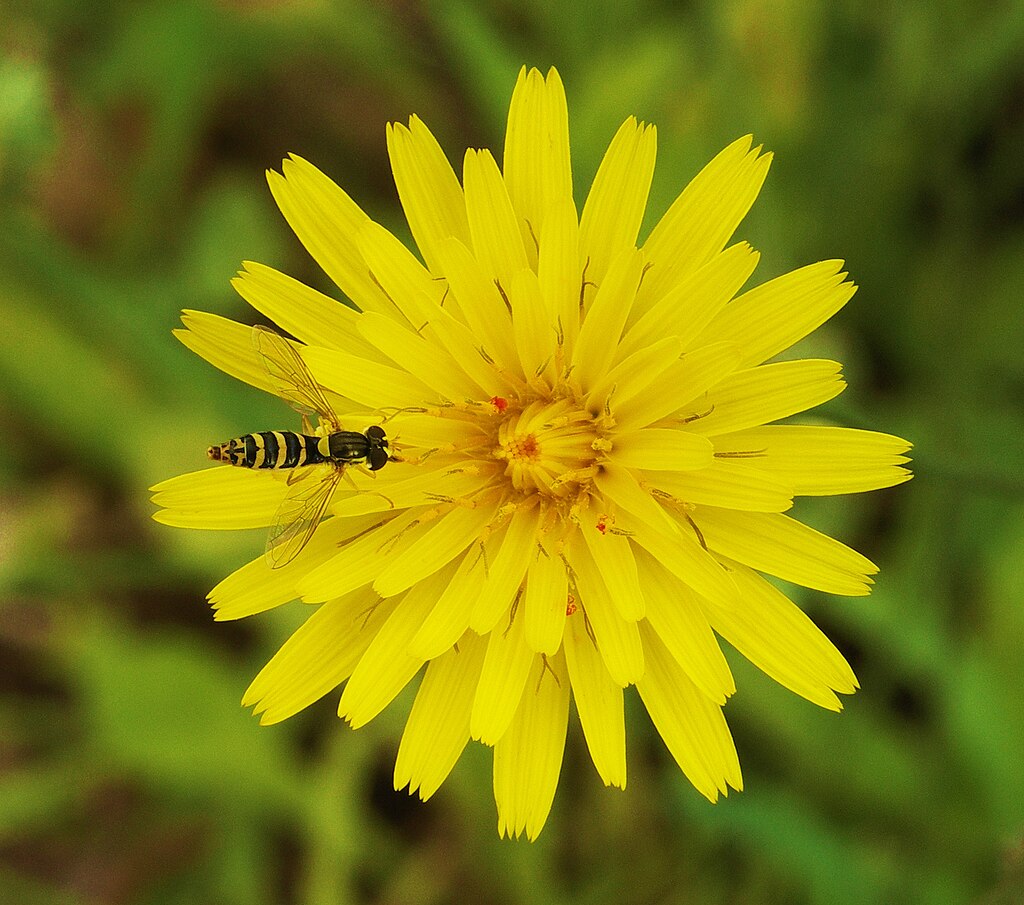
The visual mimicry of hoverflies is nothing short of spectacular. Different species have evolved to mimic various types of bees and wasps, from gentle honeybees to aggressive yellowjackets. The patterns on their bodies aren’t random – they’re precisely positioned to create the most convincing illusion possible. Some hoverflies have even developed false eyes or spots that make them appear larger and more threatening. Others have evolved transparent wings that catch the light just like a wasp’s wings would. The attention to detail in nature’s costume department is truly mind-blowing.
The Evolutionary Arms Race: Millions of Years in the Making
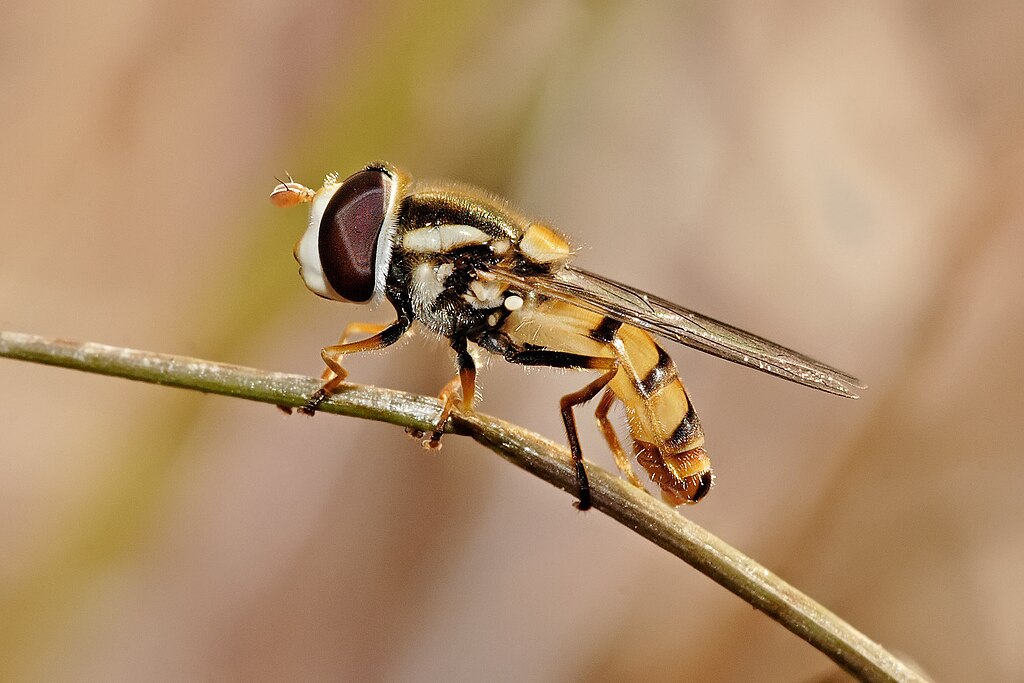
This incredible mimicry didn’t happen overnight. It’s the result of millions of years of evolutionary pressure, where even the slightest improvement in mimicry could mean the difference between life and death. Hoverflies that looked more like bees were more likely to survive and reproduce, passing on their superior disguise genes to the next generation. The process continues today, with some species developing even more sophisticated mimicry techniques. Scientists have observed hoverflies that can actually change their behavior based on which predators are present in their environment. Talk about adapting to your audience!
The Predator’s Dilemma: To Attack or Not to Attack
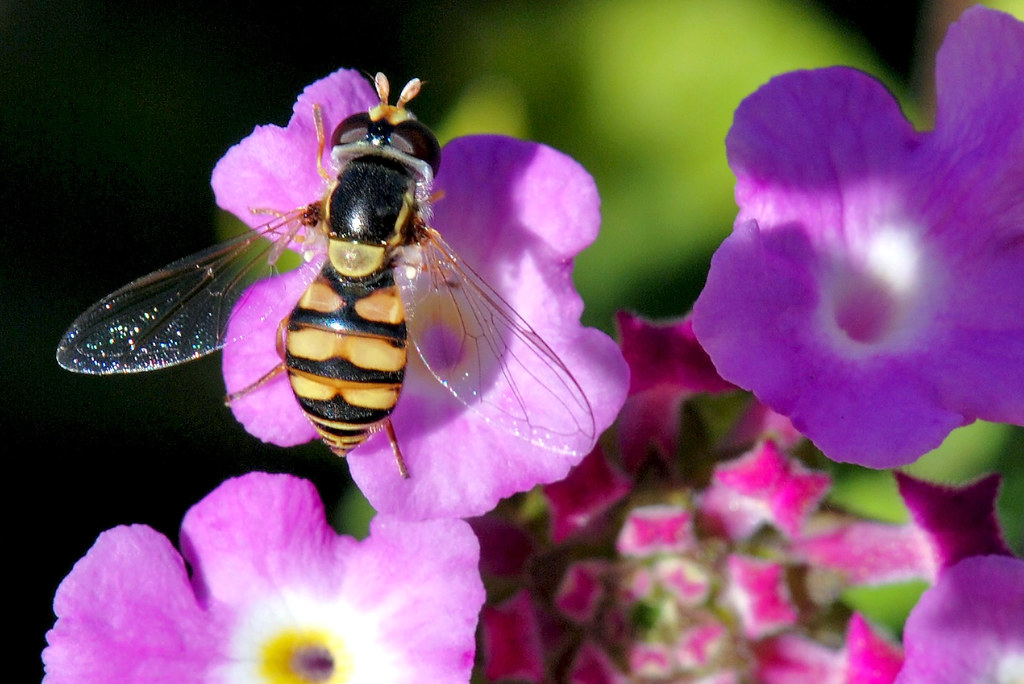
From a predator’s perspective, the hoverfly’s mimicry creates a genuine dilemma. Birds, spiders, and other insect-eating animals have learned through painful experience that black and yellow striped insects often pack a nasty sting. When faced with a hoverfly, they have to make a split-second decision: is this worth the risk? Most predators err on the side of caution, giving the harmless hoverfly a free pass. This survival strategy is so effective that some hoverfly populations have grown larger than their model species in certain areas. The students have become more successful than their teachers!
Beneficial Imposters: The Good Guys in Disguise
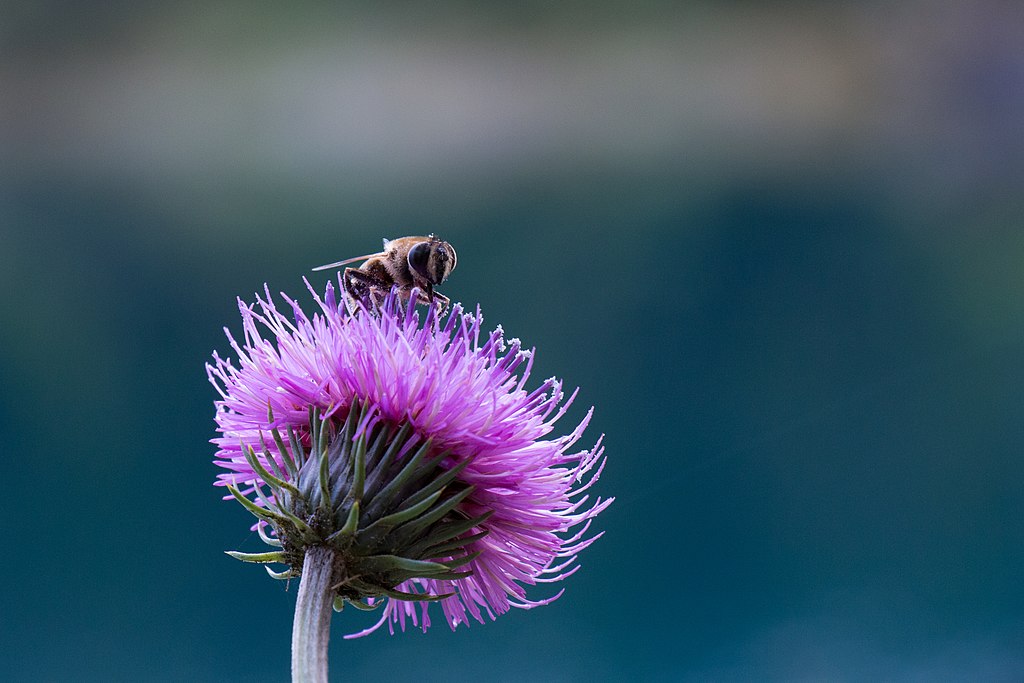
While hoverflies are busy fooling everyone with their bee costumes, they’re actually performing many of the same beneficial services as real bees. Adult hoverflies are important pollinators, visiting flowers to feed on nectar and inadvertently transferring pollen between plants. In some ecosystems, they’re second only to bees in terms of pollination effectiveness. Their larvae are even more beneficial, feeding on aphids and other garden pests. A single hoverfly larva can consume hundreds of aphids during its development, making them natural pest control agents. So while they may be imposters, they’re certainly not freeloaders!
The Hoverfly’s Secret Identity: What Gives Them Away
Despite their convincing disguise, there are telltale signs that can help you identify a hoverfly. Their eyes are typically larger and more prominent than those of bees, and they have shorter antennae. The most reliable identifier is their flight pattern – that characteristic hovering behavior that gives them their name.
If you look closely at their wings, you’ll notice they only have one pair, while bees have two pairs that hook together during flight. Their bodies are also generally less fuzzy than real bees, though some species have evolved convincing fake fur to overcome this giveaway.
Global Variations: Different Mimics for Different Regions

What’s fascinating about hoverfly mimicry is how it varies around the world. In tropical regions, you’ll find hoverflies that mimic colorful stingless bees, while in temperate zones, they often copy more familiar honeybees and bumblebees. Some species in Australia have even evolved to mimic the local blue-banded bees. This regional variation shows just how fine-tuned natural selection can be. Each population of hoverflies has evolved to match the specific bee species in their area, creating a perfect local disguise. It’s like having a custom-tailored costume for each neighborhood!
The Dark Side of Mimicry: When Good Guys Look Bad
Not all hoverfly mimicry is about copying cute, fuzzy bees. Some species have evolved to mimic wasps, hornets, and other more aggressive-looking insects. These “aggressive mimics” often have sleeker bodies, more defined waists, and bolder coloration that screams “don’t mess with me.” The trade-off is interesting – while these species might be more effective at deterring predators, they also miss out on the pollination opportunities that come with looking like a friendly bee. It’s a classic example of how evolution creates different solutions to the same problem.
Human Interactions: When We Fall for the Trick
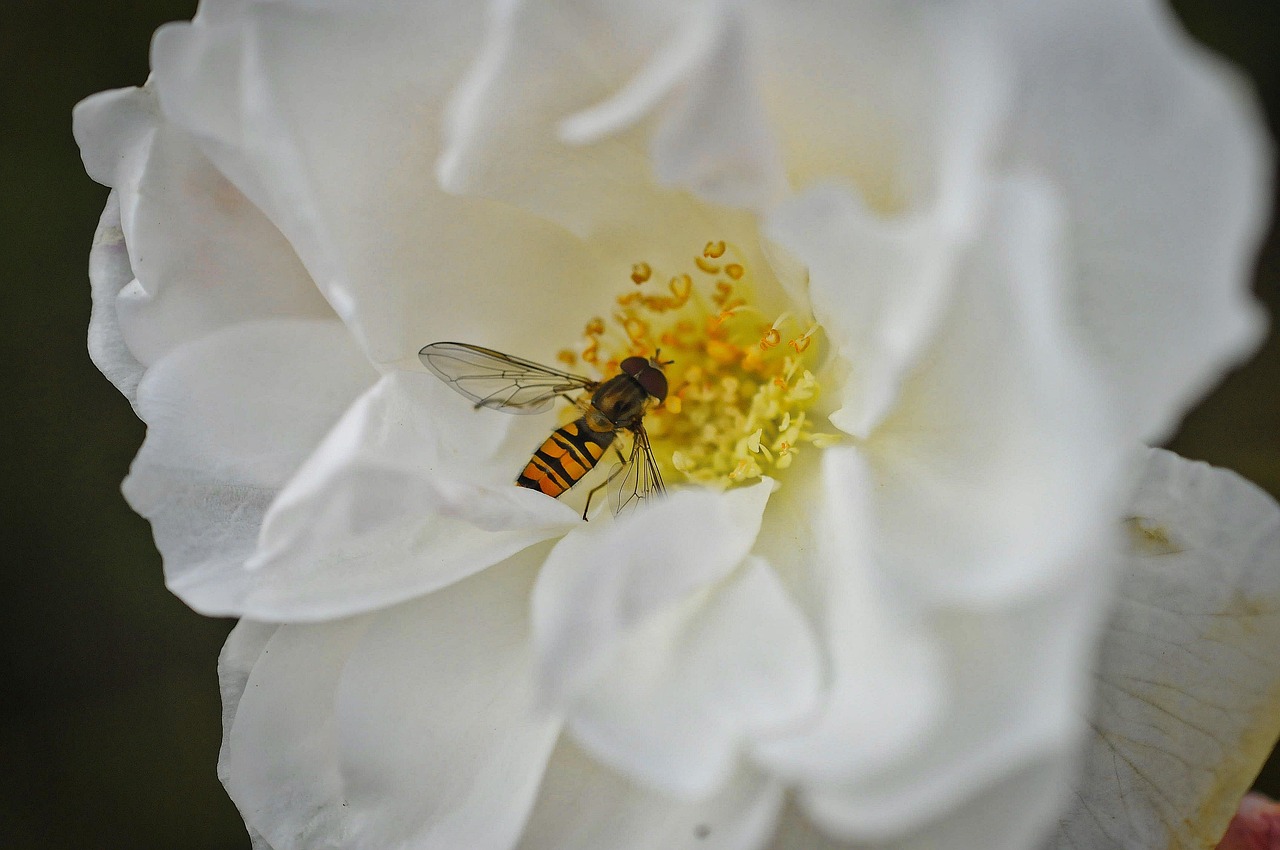
Humans aren’t immune to the hoverfly’s deception. Many people have swatted at harmless hoverflies, thinking they were bees or wasps. This reaction actually validates just how effective the mimicry is – if it can fool us, it can certainly fool a bird or spider. The irony is that by attacking hoverflies, we’re actually harming beneficial insects that help pollinate our gardens and control pests. Learning to recognize these helpful mimics can make us better stewards of our local ecosystems.
Conservation Concerns: Protecting the Pretenders
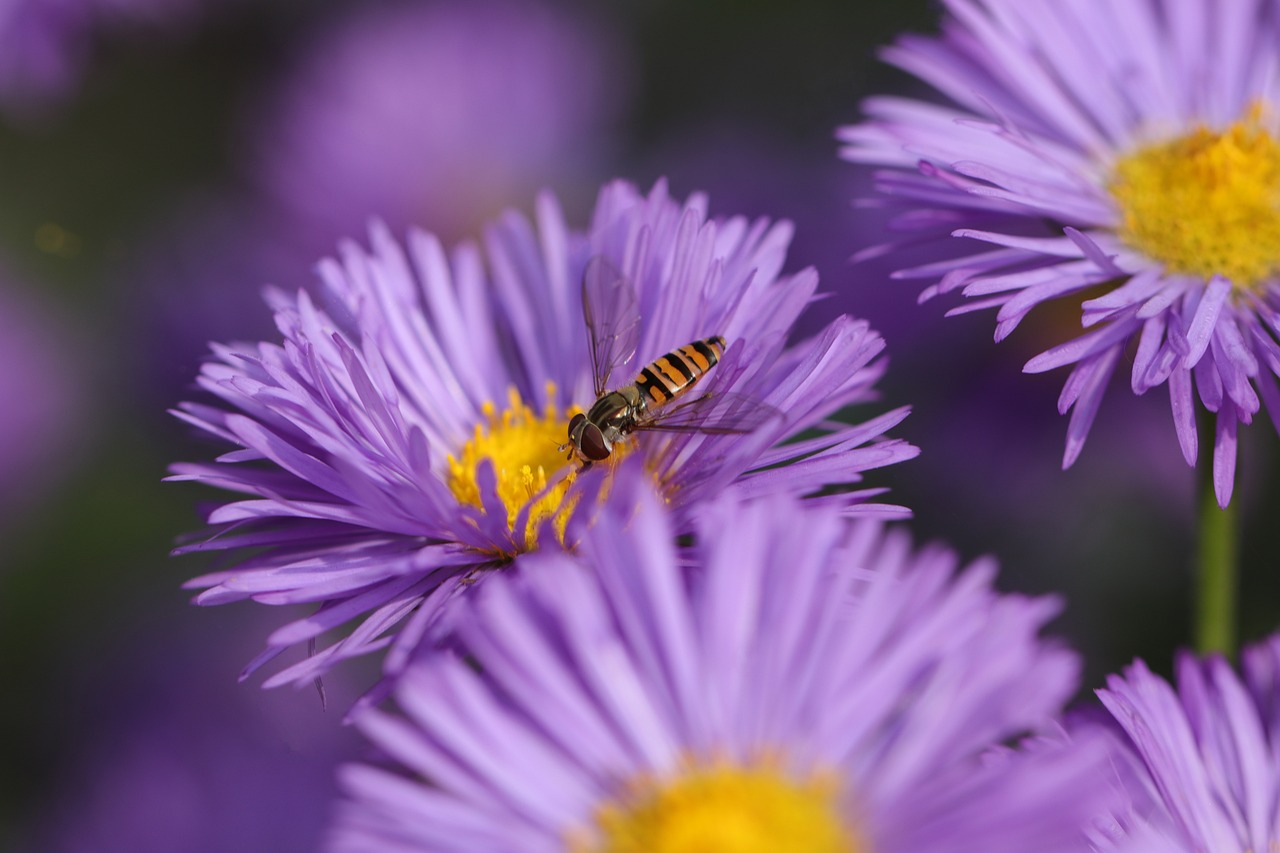
As bee populations decline worldwide, hoverflies are becoming increasingly important as pollinators. However, they face many of the same threats as real bees: habitat loss, pesticide use, and climate change. The loss of wildflower meadows particularly impacts hoverflies, as they need diverse flower sources throughout their life cycle. Conservation efforts for bees often benefit hoverflies as well, but these remarkable insects deserve recognition in their own right. Creating pollinator-friendly gardens and reducing pesticide use helps ensure that future generations can continue to marvel at nature’s master mimics.
The Future of Fly Mimicry: Evolution in Action

Hoverfly mimicry continues to evolve, and scientists are documenting new examples all the time. Climate change is creating new opportunities for different species to interact, potentially leading to novel mimicry relationships. Some researchers predict we might see hoverflies evolving to mimic new bee species as ranges shift with changing temperatures. Advanced genetic techniques are also revealing the molecular basis of mimicry, helping us understand exactly how these remarkable transformations occur. The future promises even more insights into one of nature’s most impressive deception strategies.
Conclusion: The Ultimate Survival Strategy
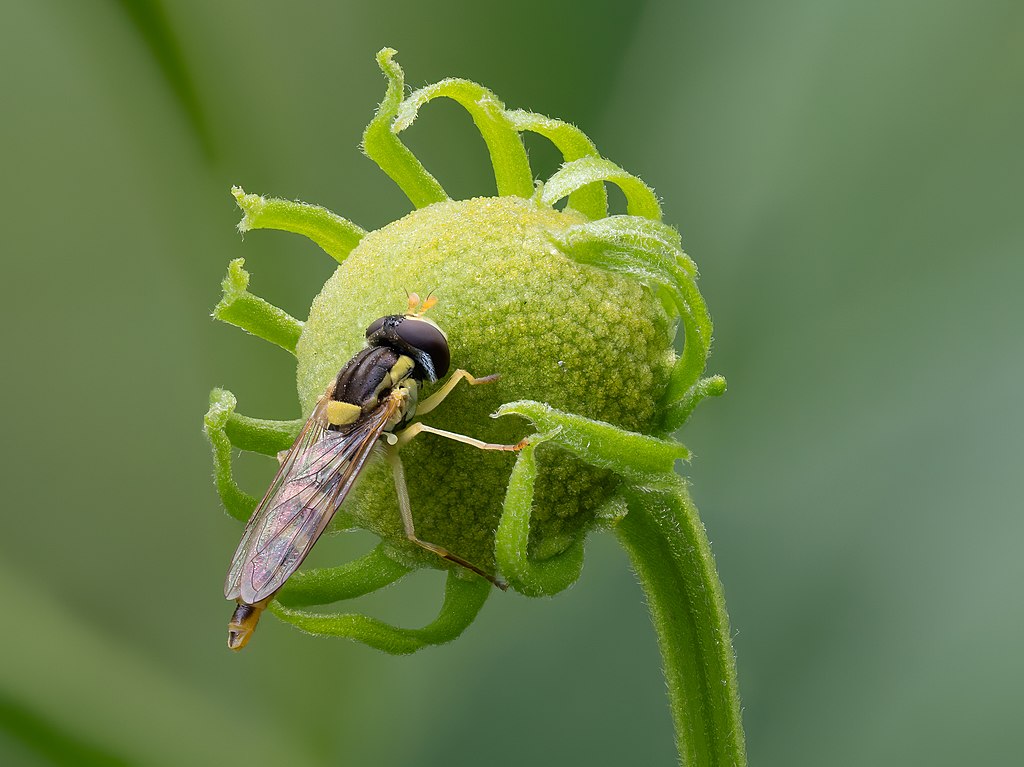
The hoverfly’s mastery of mimicry represents one of evolution’s most elegant solutions to the problem of survival. By copying the appearance, sound, and behavior of dangerous species, these harmless flies have not only survived but thrived in ecosystems worldwide. Their success story reminds us that sometimes the best offense is a good defense – even if that defense is built on a convincing lie. Next time you hear that familiar buzz in your garden, take a moment to look closer. You might just be witnessing one of nature’s greatest performers in action, a tiny actor that has been perfecting its role for millions of years. The hoverfly’s deception is so complete that it makes you wonder: in a world full of mimics and pretenders, how do we ever know what’s real?

